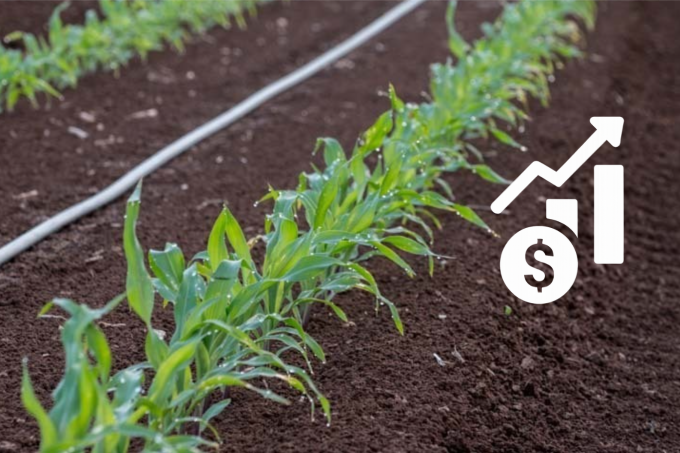Depending on your farm’s unique needs and challenges, choosing the right irrigation method is crucial for maximizing crop yields and optimizing resource use.
We looked at different types of irrigation and their benefits; surface and sub-surface (SDI) drip irrigation stands out, and we’ll explore why!
Rivulis provides you with the insights needed to make informed decisions that align with your agricultural goals. Investing in the right irrigation system can lead to significant long-term savings and enhanced sustainability in your agricultural practices.
Comparing the Benefits of Surface, Sub-Surface Drip, and Pivot Irrigation
Drip is the most efficient way of irrigating, directly to the plant’s root zone through a network of above ground or buried pipes and drip lines. This method ensures uniform water distribution across the field, making it adaptable to various soil types and conditions. Drip (driplines are above ground) and Subsurface drip irrigation (SDI) (drip lines are buried in the soil) deliver water directly to plant roots, reducing waste.
SDI and Drip irrigation are better at reducing weeds and disease infestations and minimizing the need for herbicides and pesticides. Farmers can schedule irrigation based on real-time plant needs, allowing for precise watering frequencies. This level of control translates to better moisture management, leading to higher yields and improved quality of produce. The ability to irrigate frequently ensures crops receive the exact amount of water they need, which is especially beneficial during critical growth stages.


